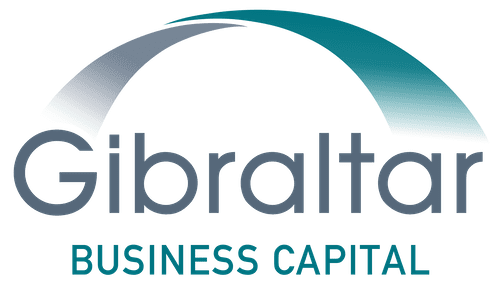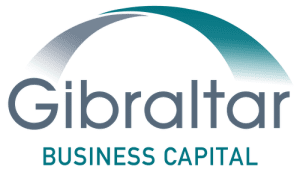As the name suggests, the heart and soul of these loan facilities are the assets owned by the borrowing company and used as collateral to obtain credit. But it’s not unusual to collateralize a loan. What is so special about ABL facilities?
What is an ABL Facility?
Unlike a cash-flow facility, where the lenders look to the borrower’s future cash flow to determine loan amounts and approval, availability of an ABL facility is driven by the quality and value of the “borrowing base assets.” In this type of loan, lenders are less focused on financial covenants like cash flow ratios and balance sheet details but, instead, are interested in ensuring that the assets to be used as collateral are of good quality and easily accessible.
Why Would You Need an ABL Facility?
This focus can be of great help to companies who are experiencing temporary cash flow problems. If you are experiencing problems due to seasonal sales, recent acquisitions or mergers, undergoing a turnaround, turnover of ownership or management, or changes in product or marketing strategy, you may find yourself unable to access traditional forms of business credit. ABL may offer a viable alternative.
Who Can Provide You With an ABL Facility?
While ABL facilities are available from some banks, you may want to look at boutique alternative lenders. Free of some of the stricter lending requirements of traditional banks, these lenders have more leeway to offer loans to transitional companies. Alternative lenders, especially those with significant ABL experience and industry-related expertise, also have the capability to be more creative in customizing a loan structure to fit the current and future needs of your business.
What Type of Assets Can Form Your ABL Borrowing Base?
In general, there are three main asset classes that can be used as the foundation of an ABL facility — accounts receivable, inventory, and machinery and equipment.
Your borrowing base is the total amount of collateral your lender will be using to set an upper limit on how much asset-based debt your company can obtain.
A lender typically limits the amount of a loan to a percentage of the borrowing base (total value of the collateral). This advance rate or LTV (loan to value) ranges from loan to loan. A lender will generally set the advance rate for accounts receivable from about 70% to 90%. Numerous variables influence this advance rate, including the payment terms your business sets, the time it takes specific customers to pay, the credit strength of each customer, and the size/diversification of your customer base.
The advance rate for inventory can be set as as high as 60% or more depending on the type of inventory. Advance rates vary for machinery and equipment, due to the wide range of types and uses, but are typically based on 80-85% of appraised value.
At Gibraltar, our ABL experts take the time to understand your company and its specific situation, so we can develop responsive and innovative solutions to your financing needs. If you are the owner or sponsor of a company in transition, talk to a member of our experienced sales team to learn more about how your company’s valuable assets can help you attain the flexible financing needed to grow.


